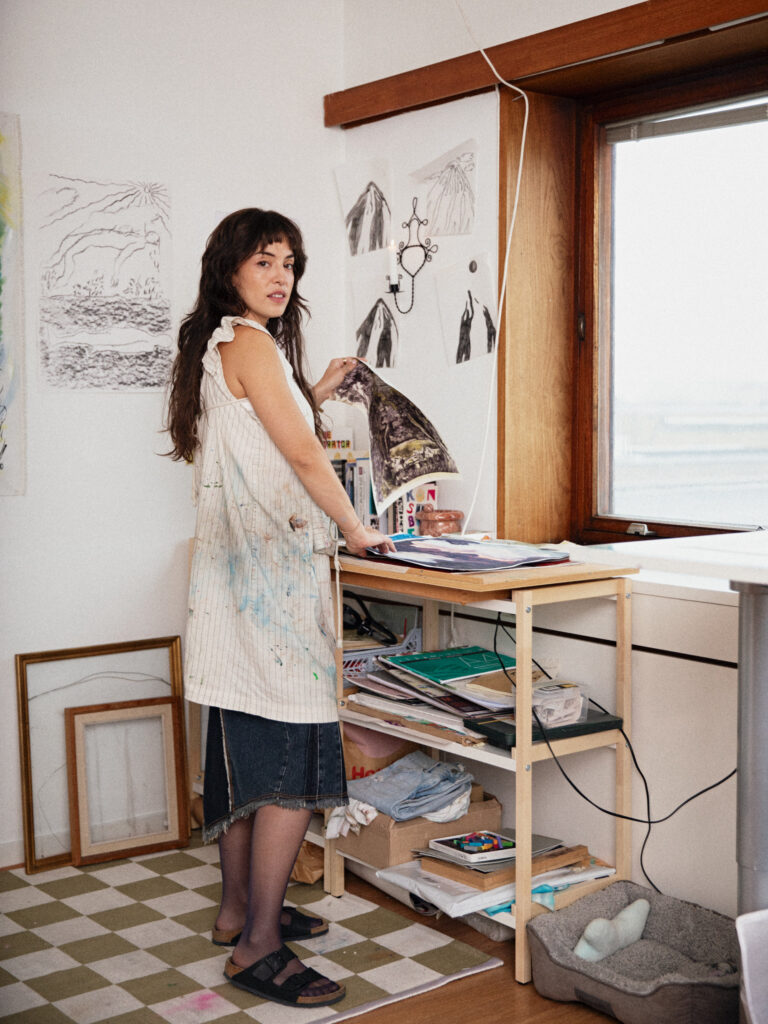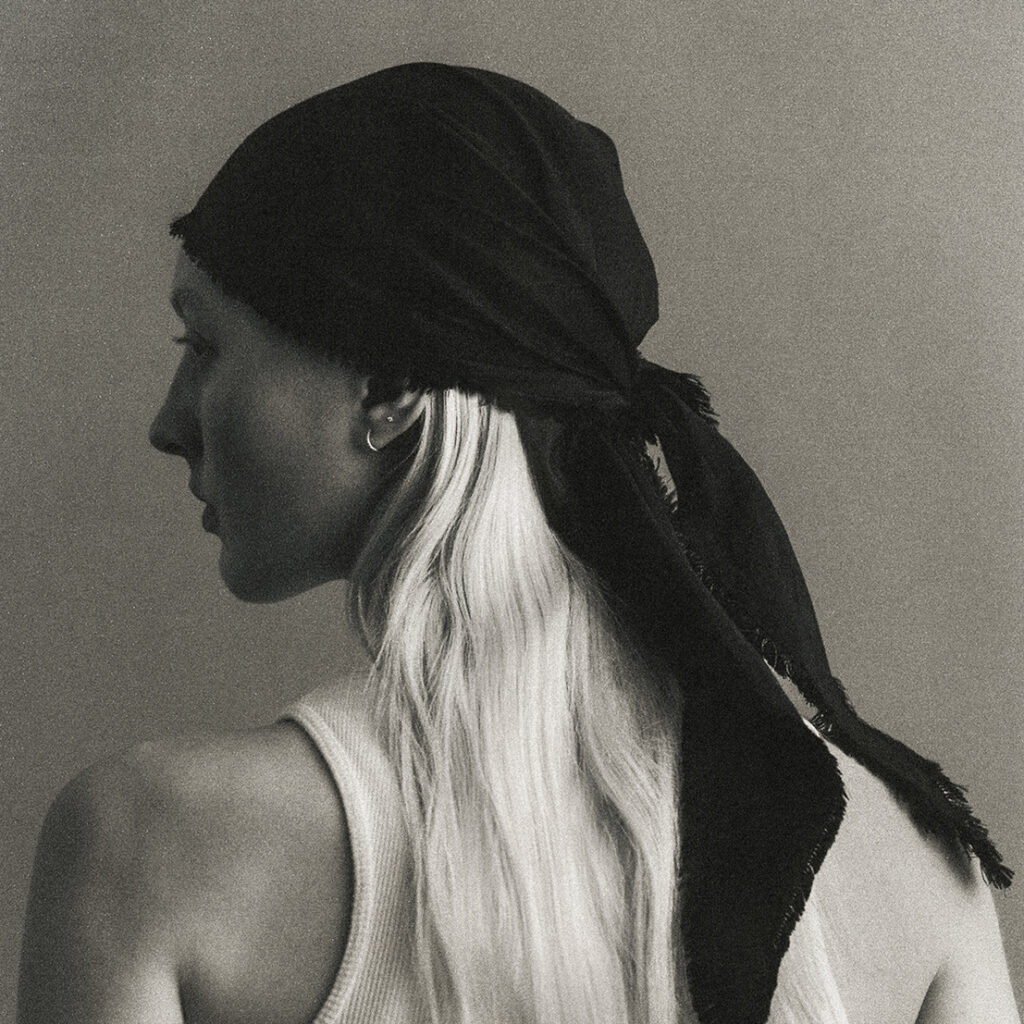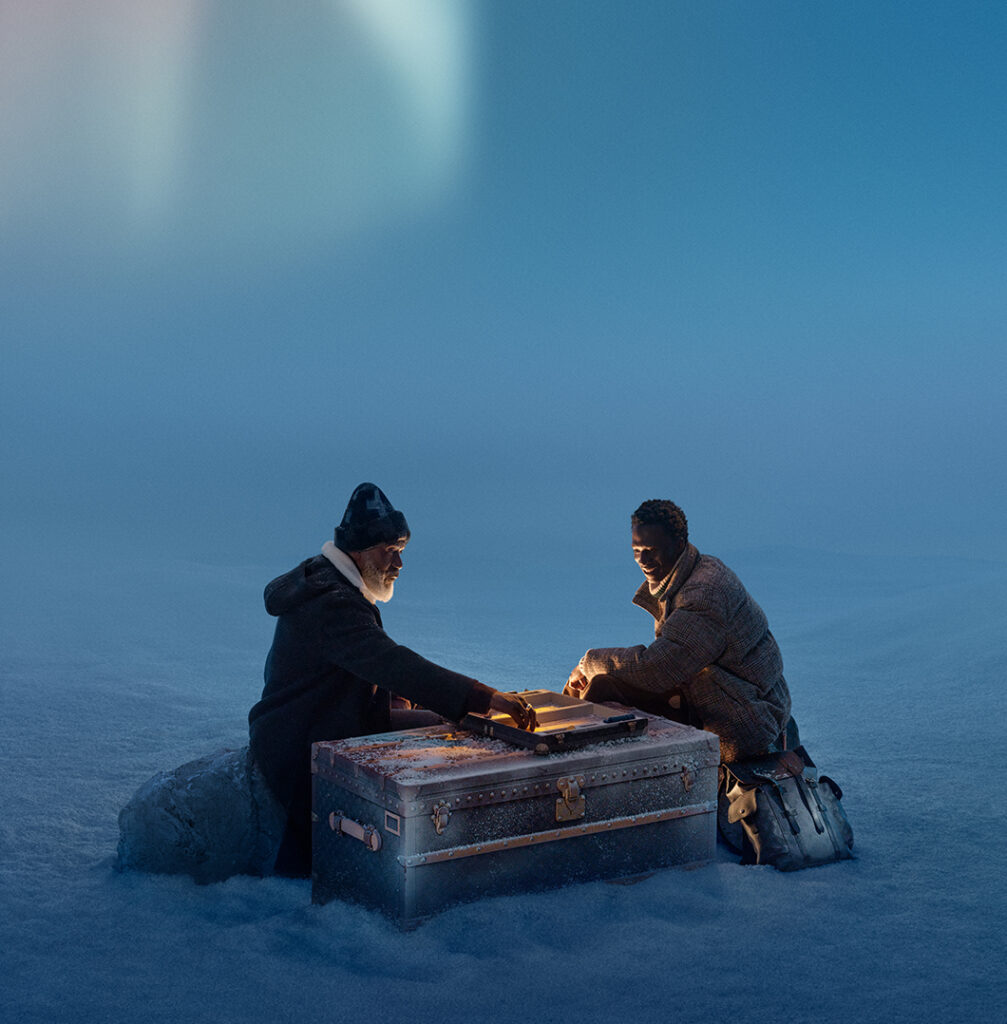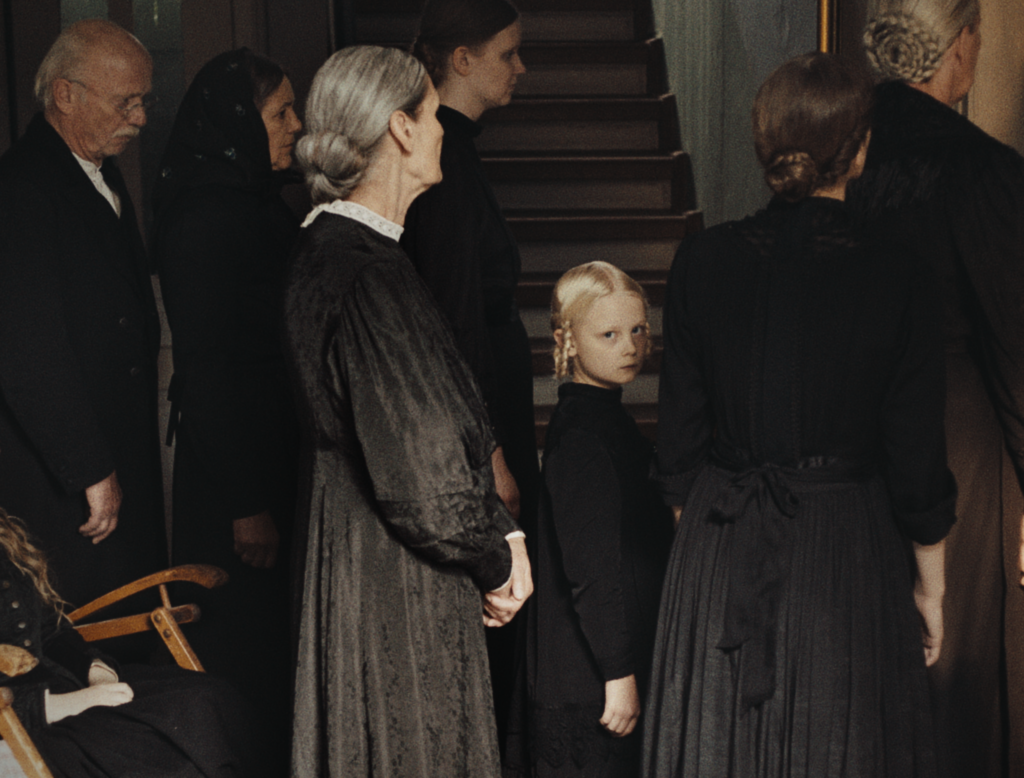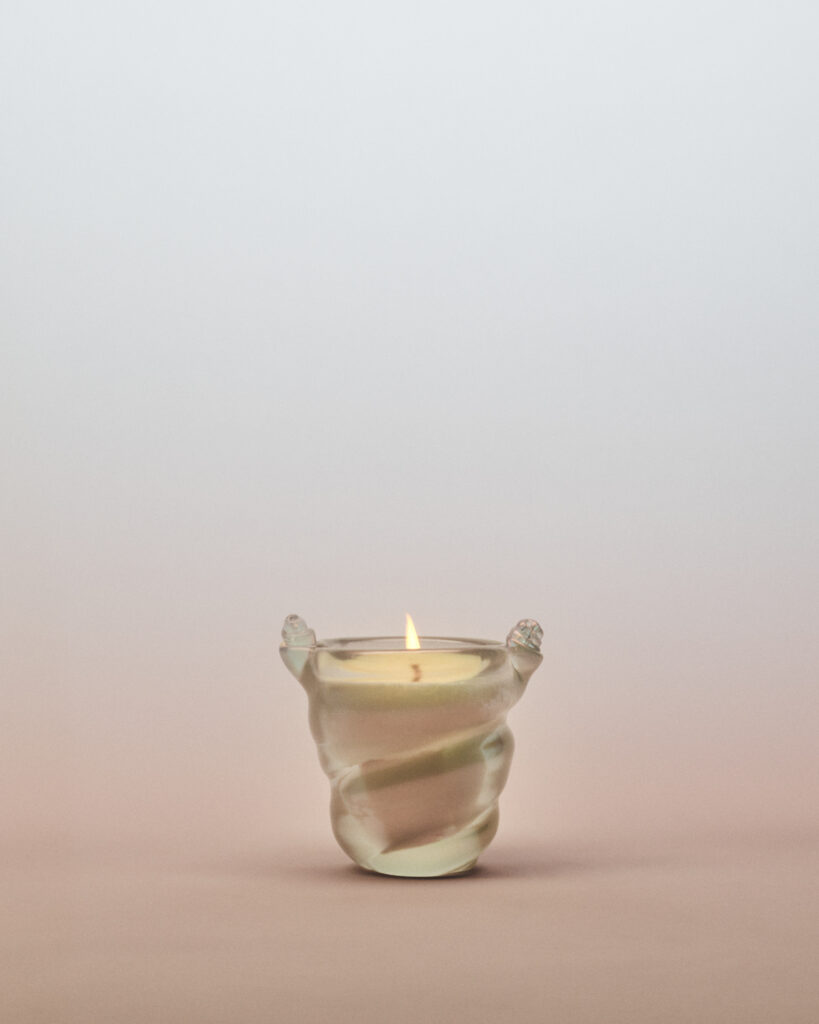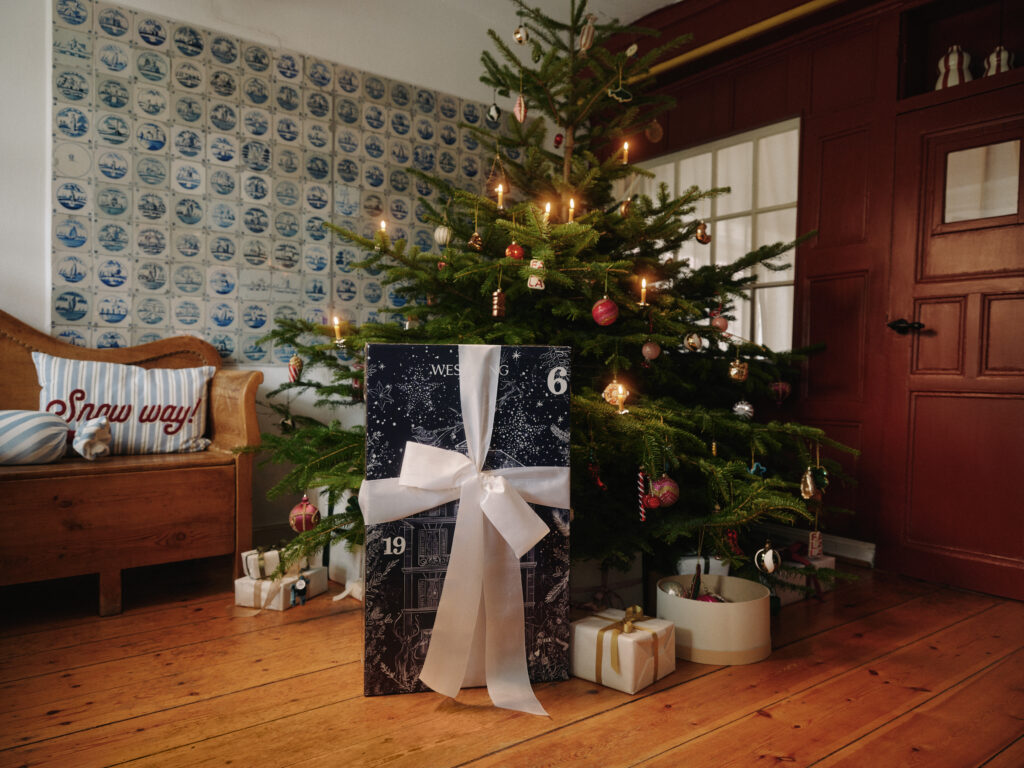Ludi Leiva: on Intuition, Ancestry and Home as a Verb
text Natalia Muntean
“Art is essential. It’s how we record history, emotion and collective experience,” says Stockholm-based artist Ludi Leiva. Rooted in her Canadian, Guatemalan, and Slovak heritage, Leiva’s practice traces the spaces between displacement and belonging, with creation as an act of both remembering and reimagining.
A former journalist turned artist, she earned her MFA in Visual Communication from Konstfack University in Stockholm and now continues her studies at the Royal Drawing School in London. Her commercial collaborations with Apple, Vogue, and adidas coexist with deeply personal explorations of ancestry, ecology and belonging.
Working across painting, printmaking and text, she treats intuition as both a compass and collaborator. “It can bring people together, start difficult conversations, and help people process difficult topics. It can protest. It can do everything,” she reflects on the role of art. “That’s why I think it’s one of the most precious things humanity has, and it deserves to be championed and protected well.”
photography Sandra Myhrberg
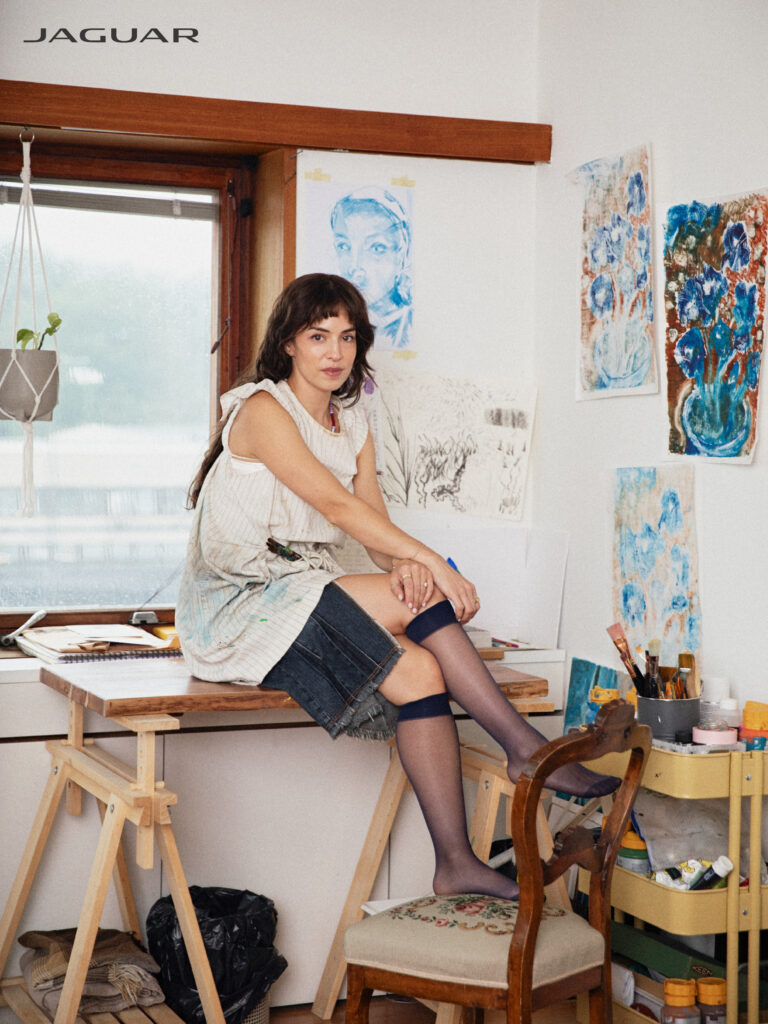
Natalia Muntean: How did you become an artist?
Ludi Leiva: I think I was born one. It was more about finding my way back to a more honest way of being. I actually started professionally as a journalist, so writing came first. Around 2016, I began working as an illustrator, mostly doing editorial commissions and client projects. Over time, though, I started to feel a kind of creative fatigue. I began asking myself who I was outside of a brief, what I actually wanted to express that wasn’t being dictated by a brand or an assignment. That curiosity eventually led me to Sweden, where I did my master’s in Visual Communication. Ironically, after two years of studying illustration, I realised I had only scratched the surface of what I really wanted to explore. Being surrounded by people working in so many different media opened up a lot for me. During my final exhibition, I found myself much more excited about designing the installation and its conceptual direction than about the illustrated book I’d been working on. So I followed that feeling and decided to trust my intuition. That led to two years of real growth as an artist. In 2024, I received a working grant from the Swedish Arts Grants Committee that allowed me to focus fully on my studio practice without relying on commercial work. It’s been a really deep, exploratory period.
NM: Was that scary to do?
LL: It was scary to stop investing in the thing that was giving me social validation and dive headfirst into something very unknown and difficult. As a self-taught artist, I didn’t have that institutional background. That’s something I’m still dealing with, particularly here in Sweden, where I think a lot of emphasis is placed on attending places like the Royal Art Academy and the networks you make there. It’s interesting for me to wade through that, but I’m proud of what I’ve accomplished in the last couple of years by just winging it and following my gut. I’m excited to see what else this journey brings.
NM: What surprised you the most in these two years? Maybe you learned something about yourself or your practice?
LL: I was able to really uncover a way of working that feels very intuitive. A few years ago, I would sit at a blank piece of paper and feel panic, not knowing what to do because I was used to at least being given an idea. Over the last several years, I’ve developed this strong inner sense of what a material, or what something, wants to be, and I listen to that. I’ve found different methods of working where I feel the material is a collaborator. For example, I work a lot with monotype printing, where each painting can only be transferred once, so it’s an original, and I really love that. You can work as much as you want, but you can only control so much of the process. There’s a level of surrender in the transfer because it’s never exactly how it was. Something can change depending on the paper, the water or the printing surface. I find a great sense of freedom in co-creating with something other than just my mind trying to enforce an idea. You have to have a sense of non-attachment and openness to it becoming something slightly out of your control at all times.
I know exactly how long to soak the paper and what pigments to use, so there is some reliability, but there’s always a one or two per cent chance that something could go slightly differently than expected. I find that quite lovely.
NM: You work in different media now, painting and printing. How do you choose which medium you’re going to use?
LL: I go back and forth quite a lot. It depends on my mood or where I am mentally, and I think different thematic explorations are better suited for one medium or another. For instance, I recently started a series because I remember my dreams a lot, and I’ve kept a dream journal for years. I have really intense dreams, and I often remember them like full films in my mind in the morning, and I write or sketch things out.
I always consider my dreams, but I try not to plan too much around them, because it can be a little scary if something happens and you wonder if it’s the future. But I do find a lot of inspiration in them, especially in the visuals, the strange landscapes and geographies, often like psychedelic dreams. I started a series where I take visual images from my dreams and paint them onto bed sheets, either old ones of mine or found ones from second-hand stores. I like finding ones with old initials. It’s a way for me to explore if dreams leave any kind of physical or energetic residue in domestic space, because we spend so much of our lives in bed. For this project, I wanted to spend more time, and the pieces are quite large-scale; some are almost bed-sized. I’m exhibiting one that’s 75 by 90 centimetres in a group exhibition called “The Art of Being Constant.” It’s called “I saw the willow and she saw me.” It’s based on a dream. At the end of a scary, stressful, cold dream sequence, I walked into a light, bright garden with a pond and saw a huge willow tree. In that moment, I just knew I was okay. I painted it because it felt like a mother-like, divine figure in my dream.
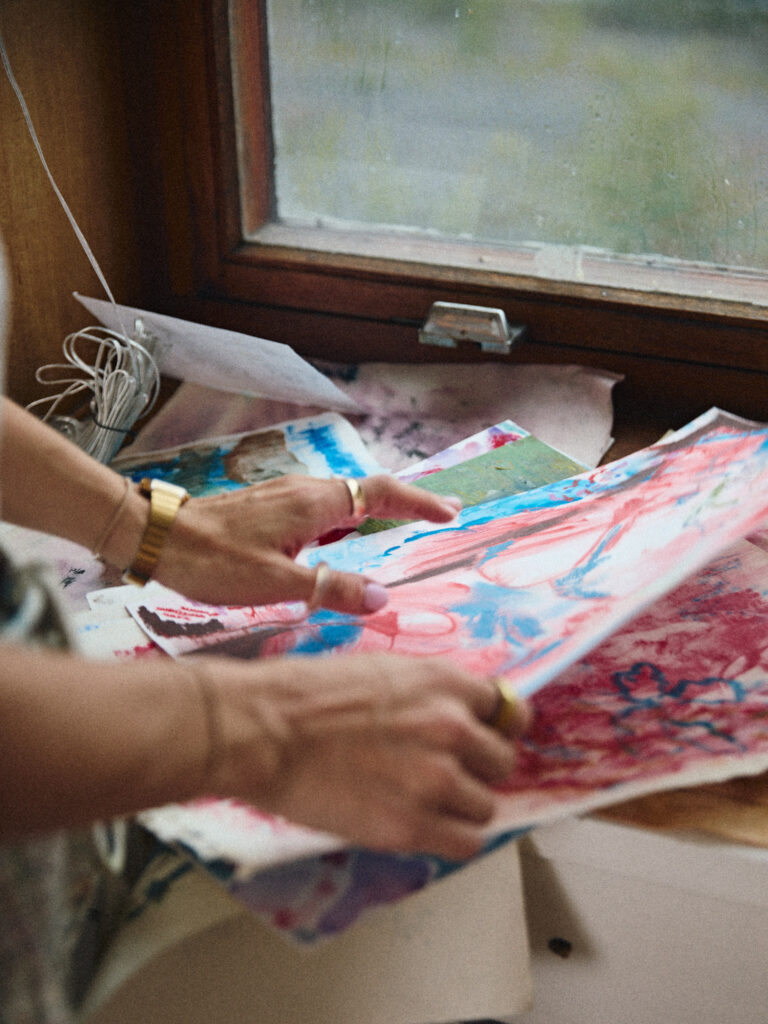

NM: Do you usually go into the studio with a ready-made plan? What does a studio day look like for you?
LL: Sometimes I have a plan, especially if I have a deadline, but I don’t have an exact number of things I want to make. I’m not usually that strict. I just try to show up and make from the moment.
My studio is in an area with fruit and veggie importers; it’s very industrial, just artists and fruit importers, which is a very special vibe. I’ve started practising certain embodied rituals at the start to signal to my mind and body that it’s time to make art, instead of being in ‘neck-up mode’ for administrative work. I usually burn incense and put on essential oils to help me land in that space. I do this every time I arrive.
Music is really important, and I listen to all kinds of random things. I’m currently doing a one-year distance course at the Royal Drawing School, and last term I did a course called “Drawing with Music,” which really deepened my ability to tune into music and respond to it. Sometimes I work in silence, but mostly I’m listening to something that helps me be in the present.
I rarely use an easel; I prefer painting on the wall with raw canvas. I like to live with large paintings for a while, so they can stay there until they’re ready to be stretched. I also like working on the floor a lot. I have a big Persian rug, and I feel a child-like energy when I’m on the floor, which yields certain outcomes and grounds me a lot. There’s a cute coffee shop nearby, and I sometimes go for a walk. My dog is usually with me, which reminds me to get fresh air.
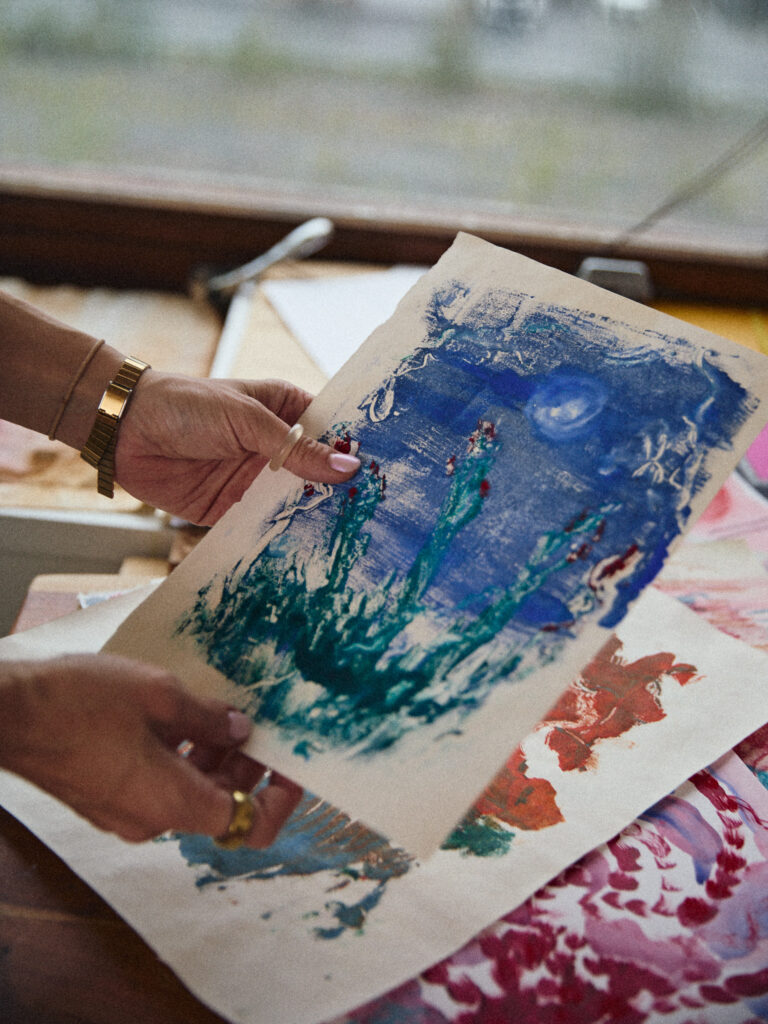
NM: What happens when you go there and there’s no flow?
LL: I used to be a “fair-weather creator.” I would make something, have a good day, and if I didn’t feel like making, I wouldn’t. Years ago, I would get weird anxiety because I hadn’t done a lot of investigation into my practice outside of client work. Now there’s been so much growth, and I realise those days when I don’t want to make anything, or when everything I make “sucks,” or when a print goes terribly wrong, are part of the practice. It’s called a practice for a reason. It’s not just going and having epiphanies; it’s really, really hard sometimes, and those days are just as important. After a hard day, there’s usually a lot of subconscious reflection. Sometimes I’ll have a terrible day, take a break, go back, and then have an amazing day because I can integrate some of the things that went wrong in a better way. You have to take the good with the bad. I try to allow for that and not force something. Sometimes I’ll just move on to something else.
NM: You talked about your dreams as a source of inspiration, and I know the exhibition at the end of your MA was inspired by your background. Tell me a bit about your sources of inspiration?
LL: My MA project thematically had to do with my identity as someone who is part of multiple diasporas: Eastern European, Slavic and Central American. I’ve always been what’s called in Spanish, Ni de aquí, ni de allá, which means “neither from here nor from there.” That’s been a theme my whole life: tearing apart place from belonging, or home from a place and defining what home looks like. That’s a huge, red thread through my work.
In the last year, I’ve worked a lot more with landscape and ecology. I never thought of myself as a landscape artist, but I keep coming back to trees and mountains. My family on both sides comes from the mountains, and I feel like sometimes these images just come to me.
I work a lot with memory, and I like its quality because, like dreams, there is always a distortion. It’s not fully reliable, not fully rendered in your mind. Digging into that and trying to paint or draw something from memory excites me because it takes on a different quality—you’re never going to be able to fully represent something, and that’s where artistic interpretation comes in. I’m a very nostalgic person; I’m always thinking back on different memories.
I also always come back to the female figure. I like the interplay of a blurred figure blending into or being a part of the landscape. It’s an investigation of “Where does the self end and begin?” and “How do we fit into the landscape we come from?” On a larger scale, “Where does a human fit into ecology?” We’re living in a time where we have so much love for nature, but as a society, we’re doing so many things to extract and harm it. A lot of my work is an investigation of what it would look like to be more in harmony with the environment and other life forms, and not be so human-centred all the time. That play of blending the two is a recurring motif.
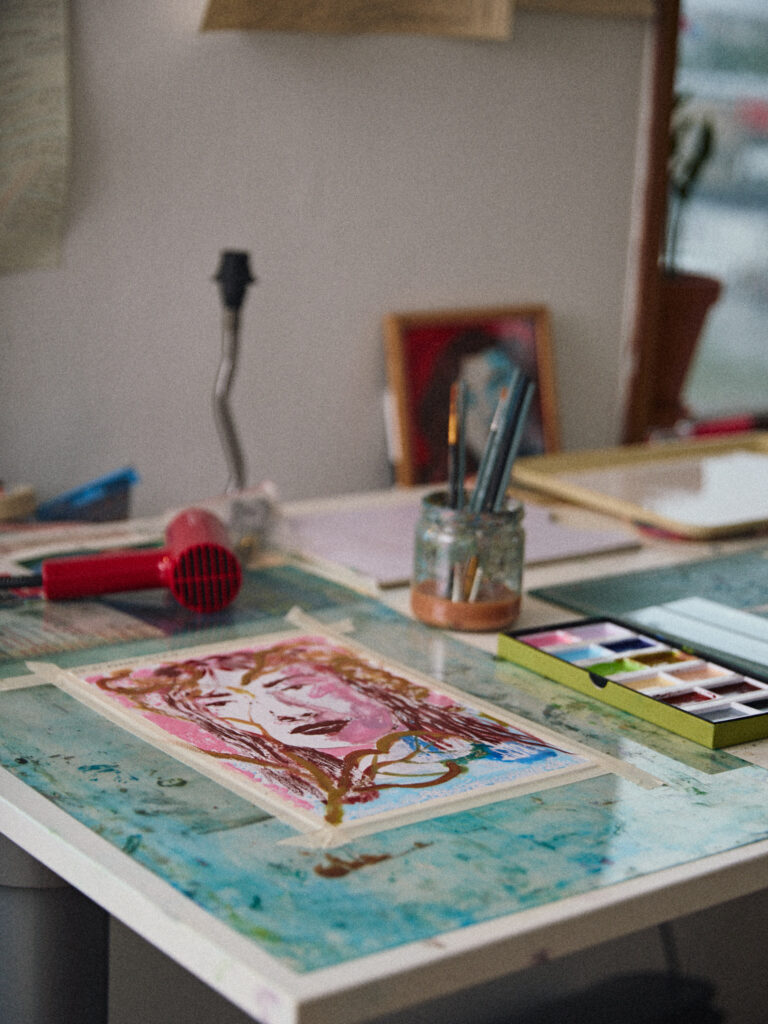
NM: You have exhibited internationally, in Stockholm, London, and Mogadishu. How was it to show your work in these different cultural contexts?
LL: The one in Mogadishu was a really special exhibition. It was at the National Museum of Mogadishu, and it was the first exhibition since the war shut it down sometime in the 2010s. A curator from Stockholm, Mohammed Mire, asked me to show my work, and the theme of the exhibition was home. To think that I, a Canadian-Slovak-Guatemalan artist living in Sweden, got to know a curator who brings my work to a place I’ve never even been, and people interact with it, hopefully taking something from it. It feels like such a privilege to show work in different contexts. I love to travel and learn from different cultures, and I come from a very mixed cultural background, so it’s always interesting. I’ve shown work in Europe and North America. I would love to show work in Latin America. I’m going to Guatemala and Mexico this winter, so I would love to see if any serendipitous meetings can take place there.
NM: You mentioned home and trying to figure that out. Have you?
LL: I think it’s an ongoing investigation. After a two-year break, I’m starting to work on the book I wrote for my Master’s – a contemplative drawing book with some text. The working title was Home as a Portal, but I’m now calling it “Home is a Verb.” I feel that’s where I’ve landed. Homing is a verb that describes the process many animals go through to create safety and stability for themselves. Home isn’t just a place; it’s an ongoing unfolding and becoming. It’s also memory and dream, because that’s where our loved ones will be forever. Home has so much to do with people and community, just as much as the landscape, for me. But how does home live on when we lose those we love and lose access to the places we love? When I go back to the places I grew up, I no longer belong there, but they are forever locked and cherished in my memory and dreams.
NM: What is the best and most challenging thing about being an artist?
LL: I think it’s the double-edged sword of complete freedom. It’s completely up to me, but it’s also completely up to me. It takes a lot of discipline to show up at the studio and trust that you keep putting one foot in front of the other. It can be really taxing, especially if you work with themes like memory and trauma. The silver lining is that you get those epiphanies; it can be very therapeutic to make something visual and externalise your subconscious. I wouldn’t trade it for the world.
NM: What’s next for Ludi Leiva?
LL: Maybe no studying. I think I would need a break after this year and would like to just have more time in the studio. I’m looking for new opportunities for collaboration, and I’m really interested in exploring public art through murals or different kinds of commissions that live in public spaces. I have a presentation at Woolwich Contemporary Print Fair in November, and I just got word that I’ll be in another group exhibition in London at Rhodes Contemporary Gallery. Hopefully, there will also be more exhibitions here in Sweden.
